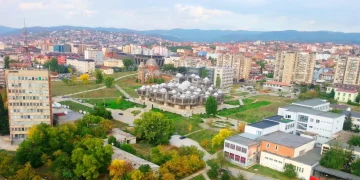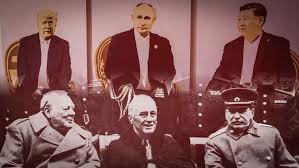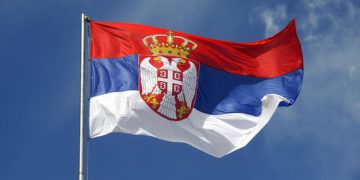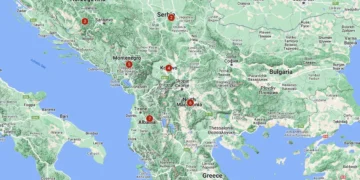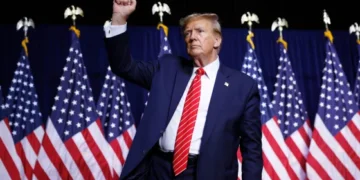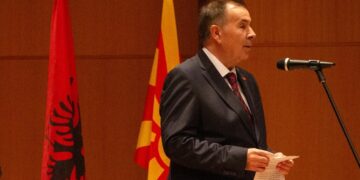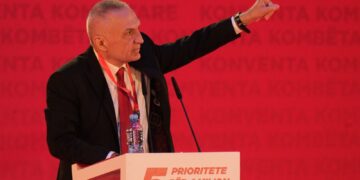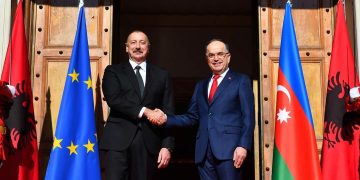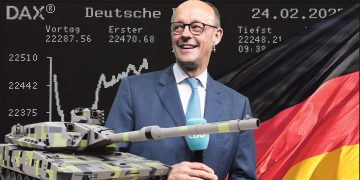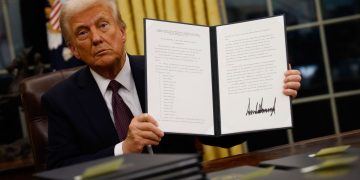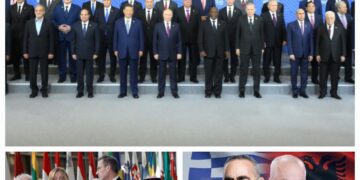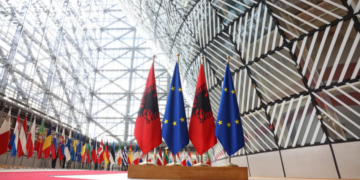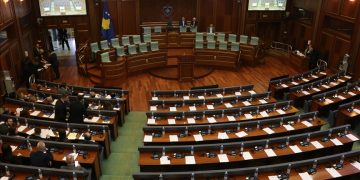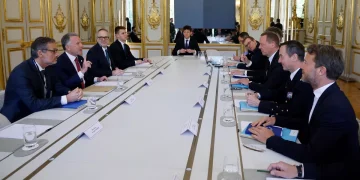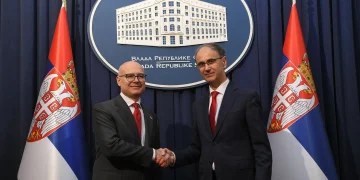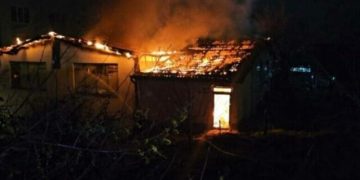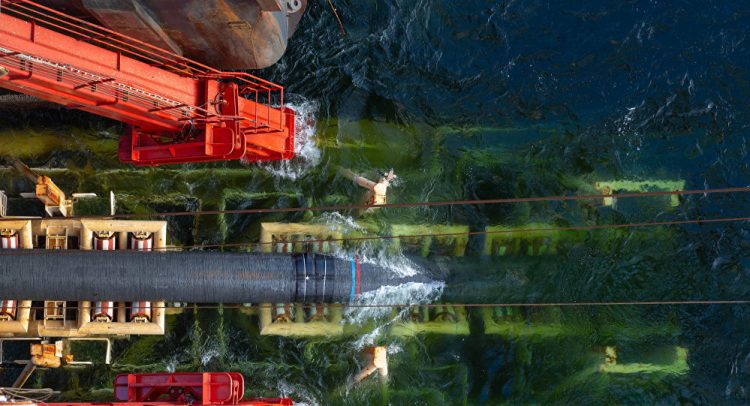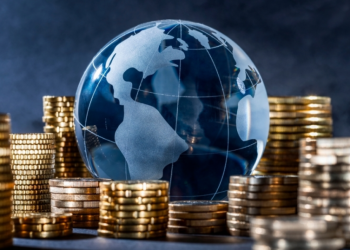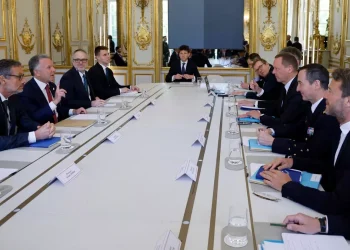Last week, the Senate Foreign Relations Committee approved new ‘Protecting Europe’s Energy Security Act’ legislation which if passed, would sanction companies involved in Nord Stream 2– a major energy infrastructure project designed to facilitate the delivery of up to 55 billion cubic meters of gas per year to Western Europe from Russia.
US sanctions on Nord Stream 2 would amount to an intolerable interference in European energy policy, Wolfgang Buechele, veteran German business executive and chairman of the Committee on Eastern European Economic Relations, has said.
“The latest US sanctions proposals would primarily harm companies from US-friendly countries like Germany, France, Italy, the Netherlands, Austria and Switzerland, and turn European energy policy into a plaything of the United States,” Buechele said, speaking to the German Press Agency.
According to the businessman, if enacted, the sanctions would lead to an “inevitable rift” between Europe and the US, and cause a great deal of economic damage to both sides. Buechele noted that he hoped that the voices of reason in the US who have spoken out against sanctions will prevail.
Following the Foreign Relations Committee’s approval of sanctions last week, the bill will now go to a vote in the Senate, and then the House of Representatives. If passed, it will land on President Trump’s desk for signature.
“Europe’s energy issues are a matter for Europeans,” Buechele stressed. “In Europe, we need to keep all options open, from new pipeline capacity such as Nord Stream 2, to gas transit through Ukraine and the possibility of importing LNG, to solve the problems we face due to climate change and Germany’s plans to phase out coal and nuclear energy.”
According to the businessman, German mediation has helped to ensure a new round of negotiations between the EU, Russia and Ukraine on a new agreement to preserve the transit of Russian gas through Ukraine to Europe, with this transit pumping billions of dollars into Ukraine’s budget. “If the US imposes new sanctions, they will significantly complicate the ongoing negotiations,” Buechele warned.
The White House has repeatedly indicated that it was considering introducing sanctions against Nord Stream 2, a joint venture between Russia’s Gazprom and five European energy giants including Austria’s OMV, Germany’s Uniper and Wintershall, France’s Engie and the Anglo-Dutch energy giant Royal Dutch Shell. In June, President Trump said sanctions were something he was “thinking about,” complaining that the US was spending billions of dollars “protecting” Germany while Berlin was buying billions of dollars’ worth of Russian gas.

© AP PHOTO / ALEX BRANDONPresident Donald Trump, first lady Melania Trump, Polish President Andrzej Duda, and his wife Agata Kornhauser-Duda watch a flyover of two F-35 Joint Strike Fighter aircraft at the White House, Wednesday, June 12, 2019, in Washington.
With the US becoming a major energy power in its own right in recent years, Washington has sought to increase its own LNG exports to Europe. Last month, the European Commission reported that the US had increased US LNG imports nearly fivefold since July 2018, with nearly a third of the US’s total LNG exports now destined for Europe. The increase in exports comes despite economists’ calculations that US LNG is significantly more expensive than pipeline gas from Russia, and even more expensive than LNG from Qatar and some African countries due to the higher cost of extracting the gas and the transport distances.
Russia has repeatedly pointed to US efforts to derail Nord Stream 2. Earlier this year, Russian President Vladimir Putin said US actions in this direction were “attempts at unfair competition under various political pretexts,” since Washington knew that Russian energy could outcompete US supplies.
When completed later this year, Nord Stream 2 will create the capacity to deliver an additional 55 billion cubic metres of Russian gas to Western Europe through the Baltic Sea, bypassing traditional transit routes in Eastern Europe, which proved troublesome through the 2000s and early 2010s from an energy security standpoint. Nord Stream 2 will double the existing 55 billion cubic metre per year capacity of the Nord Stream pipeline, which was inaugurated in late 2011.

© AFP 2019 / JOHN MACDOUGALLView of the Nordstream gas pipeline terminal prior to an inaugural ceremony for the first of Nord Stream’s twin 1,224 kilometre gas pipeline through the baltic sea, in Lubmin November 8, 2011



